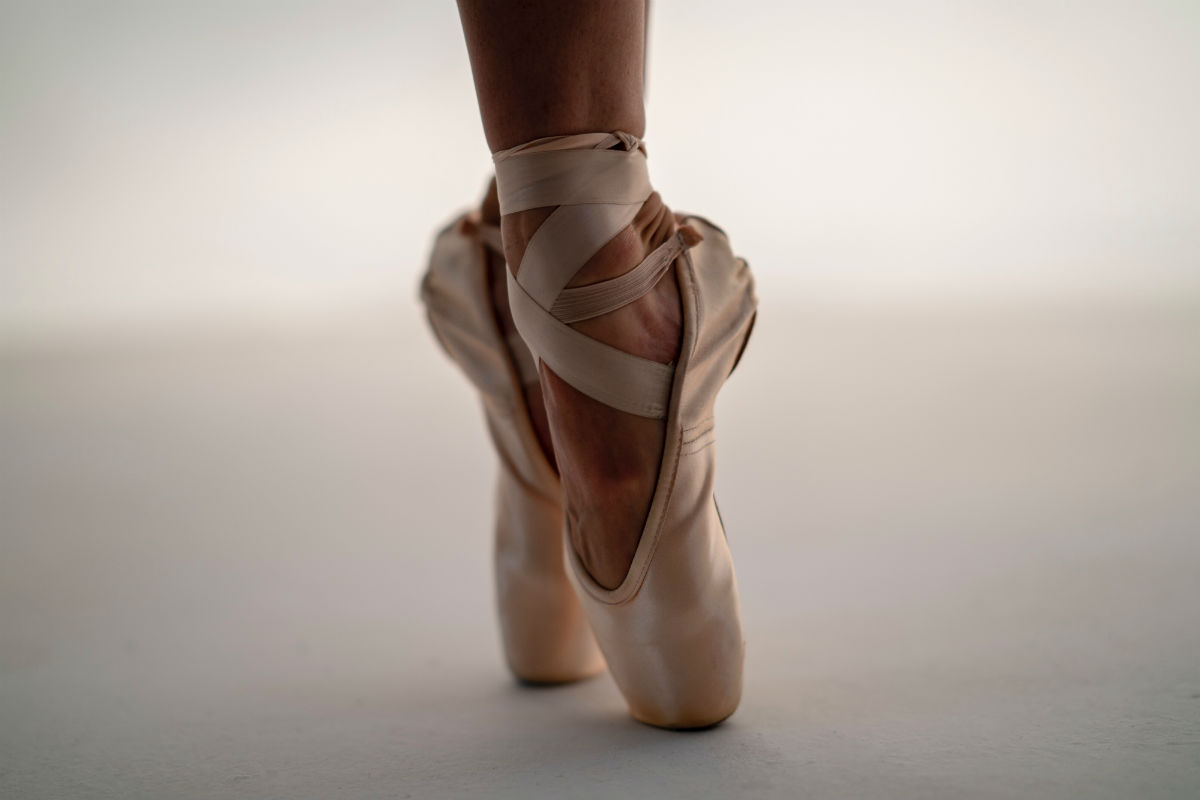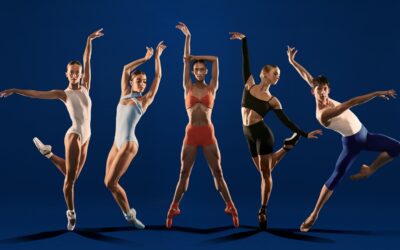Suppressing flutters of excitement, the ballet dancer holds her position, then sinks gently back to the floor. She has dreamed about this for years. As she rises again, the studio light catches sparkles of grey in her perfect ballet bun.
Adult ballet has become a popular trend. With classes from beginners to advanced advertised across Melbourne, people are donning leotards and reclaiming their childhood dreams. ‘Barre classes’ catering specifically to adults have gained huge popularity as an alternate way to improve flexibility and body tone.
You are never too old to begin ballet lessons. Taking a class suited to your ability and experience (or lack of it) can be enjoyable, social and great for fitness. But making the step into pointe shoes is a completely different matter.
For young people beginning pointe work, we consider whether the dancer’s bones have finished growing and if their feet are fully developed. In adults, we know that the bone centres are fully formed but we need to consider other changes in the feet that are brought about by age.
Strength
Tendons and ligaments can lose their elasticity and the stabilisers in the ankle may not be as strong as they need to be for pointe work. This can cause problems such as rolled ankles, reduced balance and can put the muscles and ligaments under extreme stress and increased risk of injury.
Flexibility
The flat toe box, comprised of paper, fabric and glue, sits at the end of a pointe shoe. It is essential to be able to stand up on the flattest part of the toe box while maintaining straight, pulled-up legs and knees, correct turnout and ankle stability. Reduced strength or flexibility in the feet and ankles can prevent a dancer from correctly stepping up and their pointe shoe can actually slip out from underneath, causing them to fall.
Added to this, the foot and ankle must conform to a large degree of plantar flexion that is generally not achievable without proper instruction and training. If this flexibility is not available, dancers will resort to bad technique and incorrect muscle engagement.
Some adults are naturally flexible, have a large range of movement and can easily touch their toes. But flexibility does not mean they have the strength to control their movement. It is important for hypermobile dancers to ensure they learn the basics and build the required strength before donning pointe shoes.
Body Mass
Generally speaking, adults have a larger body mass than young dancers. When dancing en pointe, the extra weight translates to a direct force through the feet, which could cause damage and injury.
Bone Density
It is also normal for adults to lose bone density after the age of 35, due to a fall in the oestrogen hormone. Lowered bone density brings the risk of stress fractures, falls, hip problems and further injuries. Dancers in this age bracket should incorporate some bone-strengthening resistance training with their barre and centre ballet work.
Fat Pads
These sit under the heel and ball of the foot. They can shrink with age, reducing the bone and joint cushioning required for jumping and landing.
Classes
The number of classes taken per week, time intended to be spent en pointe, previous dance history and foot shape (e.g. flat foot, high arch, neutral foot type) are also important considerations to build strength, flexibility and technique for a dancer who wishes to study en pointe.
Preparation
Before beginning pointe work, dance students spend hours at the barre practising rises, relevés, and balance exercises on double and single legs in order to strengthen the intrinsic muscles of the feet. Teachers also often recommend wearing demi-pointe shoes to help the progression and ‘feel’ for the dancer before they go en pointe.
Safety is vital
If you’re an adult dreaming about pointe work, be safe. Speak to your teacher. Find out if you are ready, ask what exercises you can do and the type of pointe shoe they recommend to suit your ability and foot type.
All bodies and abilities are different so an individual discussion with a podiatrist is also necessary for adult dancers. The appropriate treatment plan, assessment and ‘all clear’ from a podiatrist is imperative for injury prevention and longevity. Dancing en pointe is not an impossible dream but it will take preparation and hard work, no matter how old you are.








0 Comments